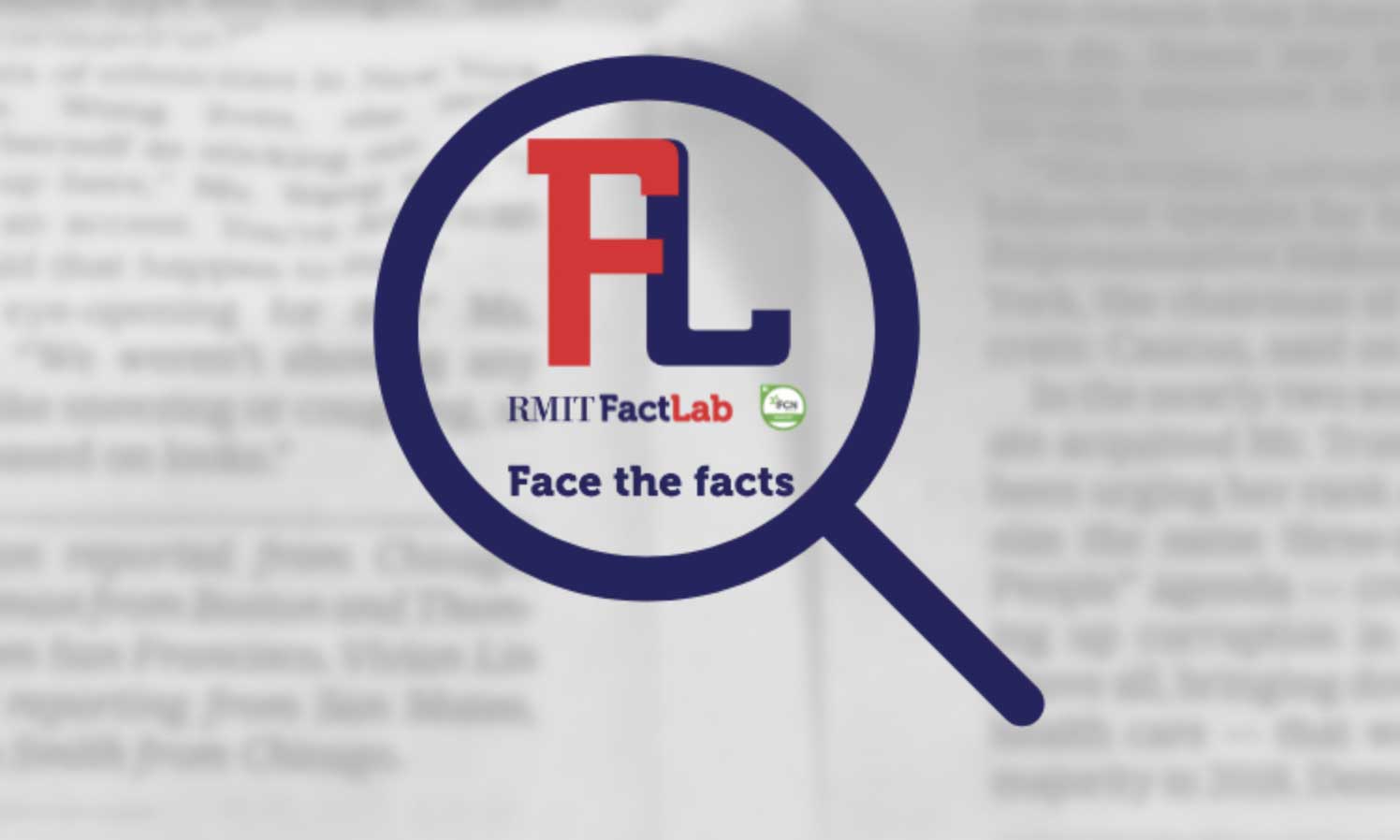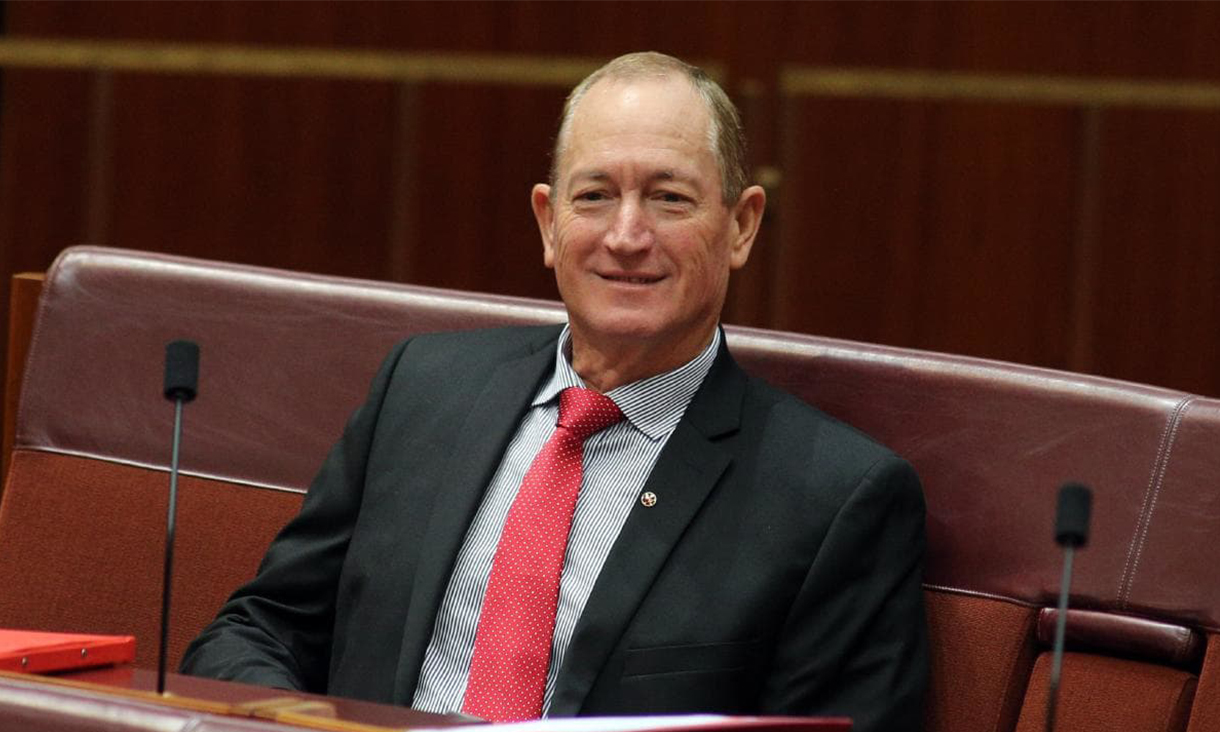In the 13 years to 2017-18, including several drought-affected years, local rice-growers produced an average of 575,000 tonnes, and exported about half that amount. ABARES' figures on the rice industry indicate Australian consumers demand (on average) 297,000 tonnes a year, a mix of imported varieties and locally-produced rice. Local demand has been increasing steadily for more than a decade.
Several years of drought in eastern Australia's prime rice-growing regions have severely affected domestic production, due to a lack of water and high prices for traded water.
Production for 2019 was estimated to be 54,000 tonnes, or less than 10 per cent of the long-term average.
The Ricegrowers' Association of Australia, which lobbies on behalf of domestic producers, criticised the ABARES food security report as "misleading" in terms of the rice sector.
It said the security of Australia's rice supplies remained in question due to the combined effects of drought and constraints on exports by some countries.
It argued that another "extremely small" Australian rice crop was likely unless more water was "made available at cheaper prices between now and the 2020 rice-planting window in October".
Local rice producers and growers of irrigated crops have called on the state and federal governments to make more water available to them from the Murray-Darling Basin.
ABARES researchers, though, say locally-grown rice is only a "modest" contributor to the notion of food security in Australia.
In its April 23 report, ABARES rejected the call to divert water to rice and other irrigated crops.
"Calls to divert water or other inputs to the production of crops such as rice would only create additional costs for other agricultural producers or to the environment, while doing nothing to increase the supply in the short run since the growing season for rice has past [sic]," ABARES researchers said.
What do other experts say?
Bill Bellotti, the food systems program director for the Global Change Institute at the University of Queensland, said the recent panic buying in grocery stores is a consumer-demand issue. It did not stem from problems with the production of food or Australia's capacity to produce food.
"Food security, for most people, depends on the familiar food supply chain — producing, processing, distributing and consuming food," Professor Bellotti said.
He suggested the real bottleneck during the COVID-19 crisis had been in the retail chain.
"The big retailers had food in their distribution centres but could not re-stock fast enough to meet panic demand," he said.
"The pandemic is forcing a rethink on the resilience of these global connections and the 'just-in-time' food supply chains.
"A take-home message is that this shock to the food system provides a time for all food actors [the people along the supply chain] to reflect on the impact of the coronavirus on their role."
Professor Bellotti said this opportunity for reflecting was available to everyone, including consumers.
"For example, consumers might consider buying local fresh produce over imported or highly-processed food. Consumers might reduce food waste.
"I think there will be lasting changes in consumer behaviour in response to the coronavirus."
Richard Heath, of the Australian Farm Institute, said Australia did not have a problem with food security.
"By the most basic definition — which is, 'Are we at risk of starving because we cannot feed ourselves?' — we are so far from that, it's ridiculous," he said.
"When you consider the availability of irrigated-water area, the amount of arable land … we are a very secure nation in terms of food.
"But the language of food security has become politicised in Australia. It has come to mean that, due to a particular set of policy settings and market mechanisms, we do not have certain industries [thriving] — think about rice and dairy.
"That is not because we do not have the production capacity to do it. Our production capacity of food is very high, but we are using water that is available and producing almonds for export, for example, rather than milk for consumption or rice.
"We are food secure, but policy and market settings mean that from time to time, we are not secure [in certain products] … [although] we can very easily substitute it for something else."
Principal researcher: Leonie Wood
Additional research: Natasha Grivas









